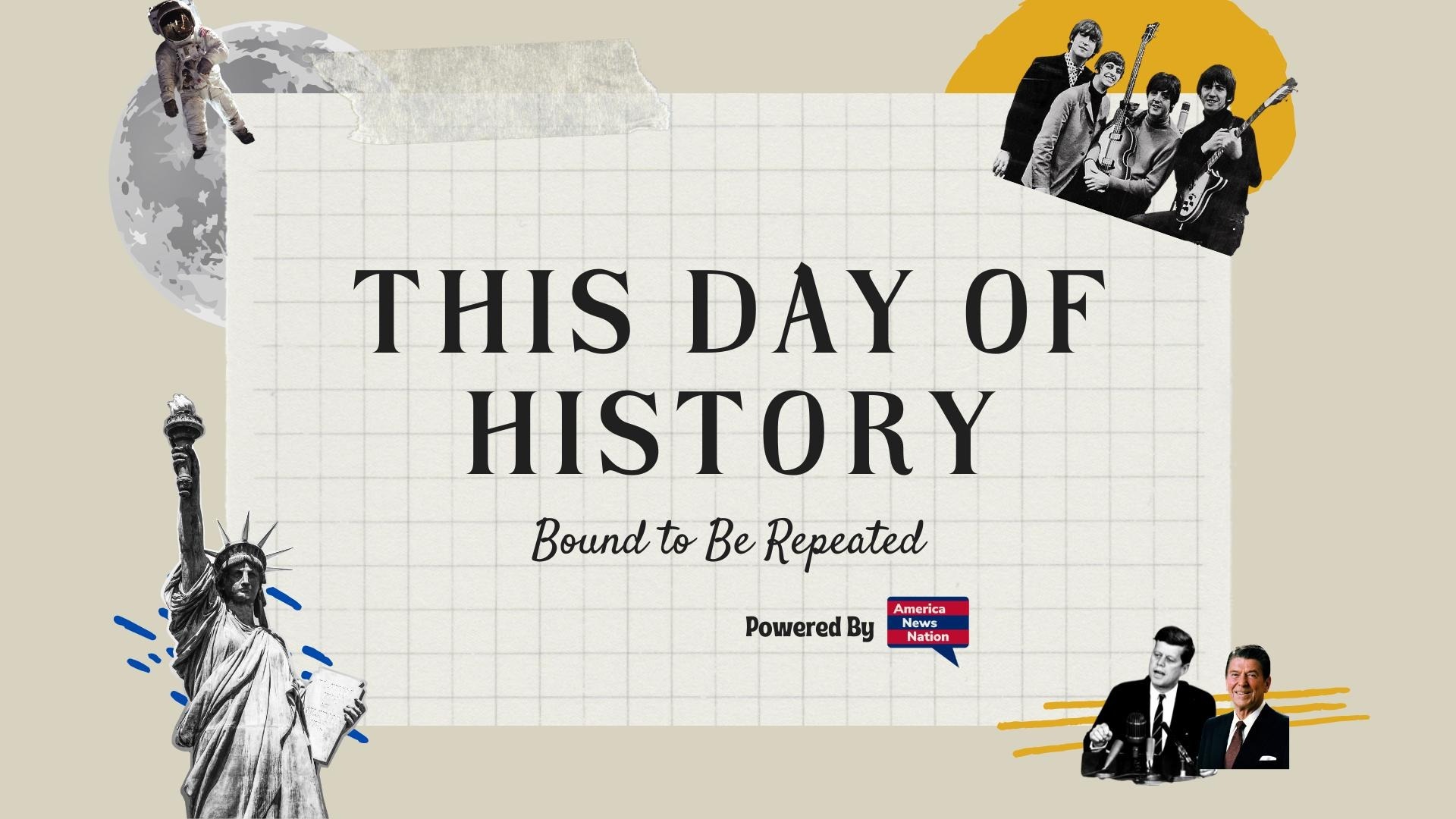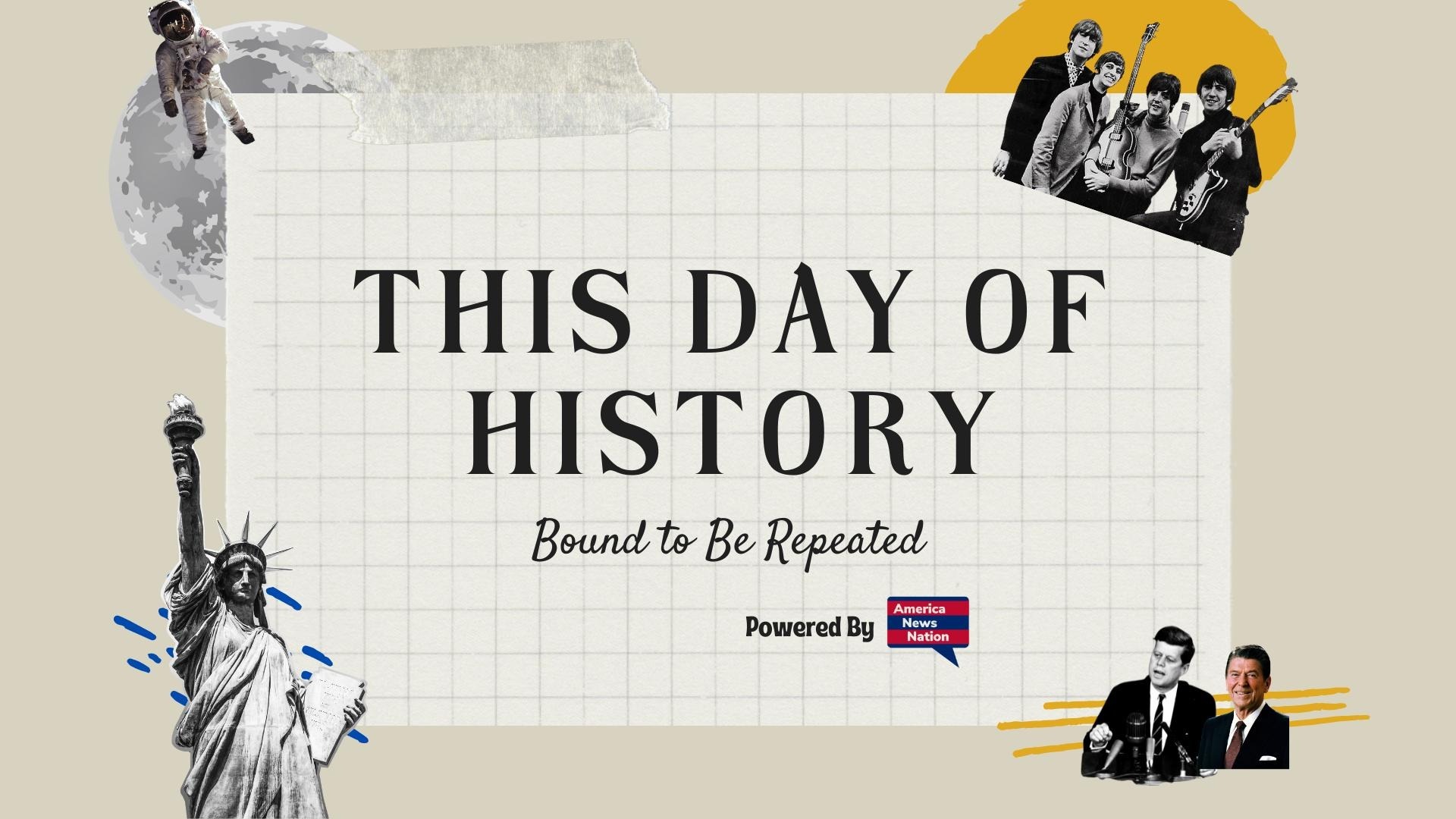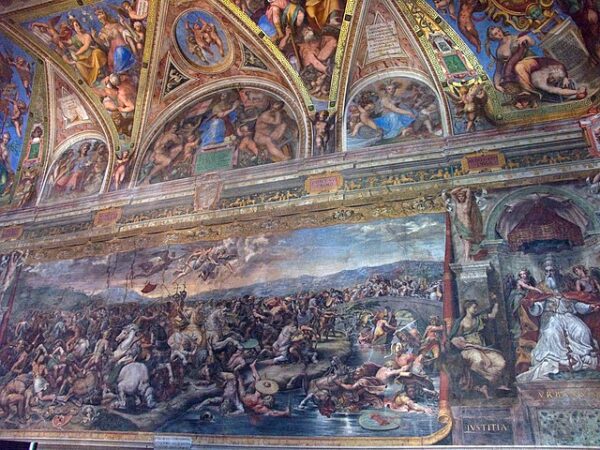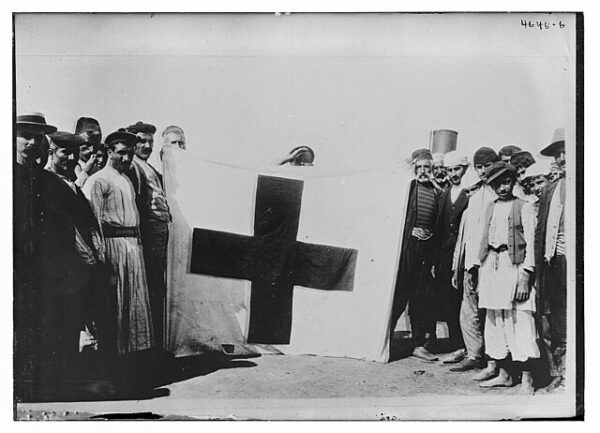On April 23, 1635, in the fledgling Puritan settlement of Boston, the foundations of American public education were laid with the establishment of the Boston Latin School. The first public school in what would become the United States, Boston Latin was created not only to serve the educational needs of the Massachusetts Bay Colony, but also to reflect the deeply held belief among the Puritan elite that literacy and learning were essential for moral discipline, civic responsibility, and the proper interpretation of Scripture.
The founding of the Boston Latin School occurred just five years after Boston itself was established by English Puritans seeking religious and social reform. To these settlers, education was not a luxury—it was a necessity. They saw literacy as a tool for spiritual empowerment, particularly because they believed in direct engagement with the Bible. This emphasis was codified in laws such as the Massachusetts School Law of 1642 and later the Old Deluder Satan Act of 1647, which required towns to maintain schools to ensure that children could read and understand religious texts.
Boston Latin was modeled after the prestigious grammar schools of England, particularly the Free Grammar School of Boston, Lincolnshire. Its curriculum was classical, rigorous, and unapologetically elitist. Latin was not simply a subject but the core of the entire educational experience; mastery of the language was essential for entrance into Harvard College, which had been founded only a year later in 1636. Alongside Latin, students studied Greek, rhetoric, logic, and moral philosophy—all rooted in the belief that education produced virtuous citizens capable of governing both themselves and the community.
While Boston Latin was a public institution in the sense that it was funded by the town and open to local residents, it was not egalitarian by modern standards. In its earliest years, the school was almost exclusively attended by the sons of the Puritan elite. Girls were excluded entirely from formal public education in colonial Massachusetts until the 18th century, and access for children from poor families or indentured backgrounds remained limited. Nonetheless, Boston Latin represented a foundational shift: it declared that education was not merely the province of the church or aristocracy but a public good worthy of civic investment.
Among the school’s earliest and most famous pupils was Benjamin Franklin, although he did not graduate. Franklin’s brief tenure at Boston Latin—and his later career as a printer, philosopher, and statesman—symbolized both the reach and the limitations of early colonial education. Others, like Samuel Adams and John Hancock, would emerge from the school and go on to become leading figures in the American Revolution. Through its alumni, Boston Latin helped shape the ideological foundations of the new republic, embedding classical liberal values into the DNA of American political thought.
The longevity of the Boston Latin School is itself a testament to its importance. It has operated continuously since its founding and still functions today as a selective public exam school within the Boston Public Schools system. Although much has changed—girls were finally admitted in 1972, and the student body now reflects the diversity of contemporary Boston—the school remains proud of its classical roots and civic mission.
The establishment of Boston Latin in 1635 marked more than the opening of a school; it signaled the beginning of a uniquely American commitment to public education as a cornerstone of democracy. Rooted in Puritan ideals but evolving over centuries to meet new social challenges, the school helped inaugurate a tradition of intellectual inquiry, civic virtue, and public service that continues to define the American educational experience.
As the oldest public school in the United States, Boston Latin remains not only a monument to the past but a living symbol of the nation’s educational aspirations—born, fittingly, in a time when learning was seen as a sacred duty and knowledge the surest path to both salvation and self-government.






